Overview
Map
Other Details
كنيسة مار يوحنا المعمدان عشقوت
Aachqout
Keserwan
Mount Lebanon
بُنيت الكنيسة القديمة سنة ١٧٩٧، وهي من أقدم رعايا أعالي كسروان، تحوي ثلاث لوحات مهمّة: مار يوحنّا لداود القرم، السيّدة والطفل لحبيب سرور، ومار يوسف لكنعان ديب. بقربها بُنيت الكنيسة الجديدة في ١٤ أيلول سنة ١٩٨٤.The church was built in 1797, and it is one of the oldest churches in the mountains of Keserwan. It holds three paintings: The Baptism of Jesus for Dawoud al Qorm, the Madona for Habib Srour, St Joseph for Kanaan Dib. Near the old church a new one erected and was consecrated on the 14th of September 1984.
Visited 3074 times, 1 Visit today



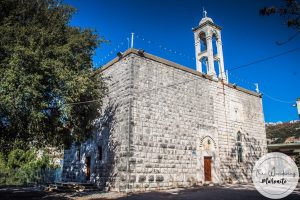
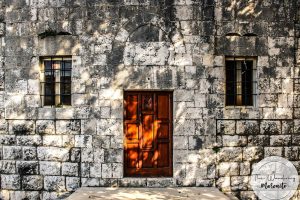
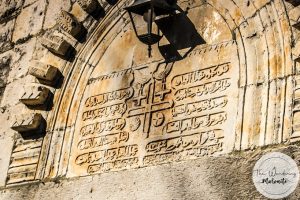
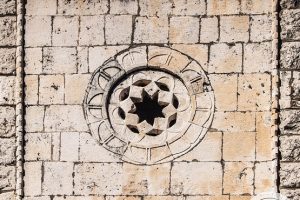
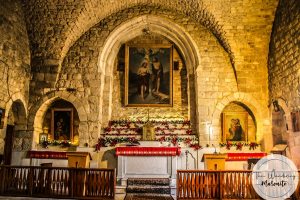
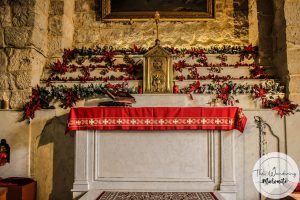
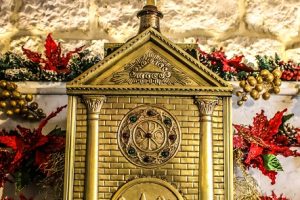
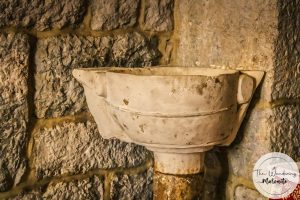
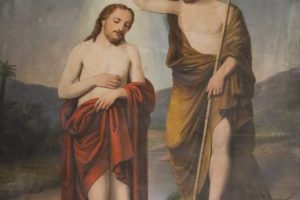
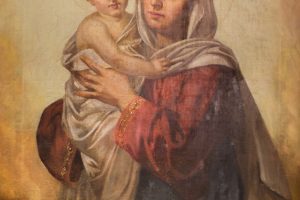
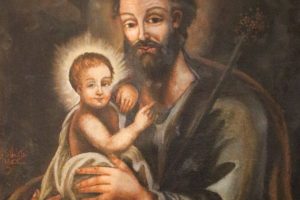











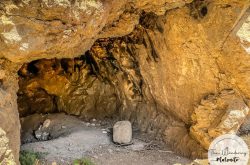
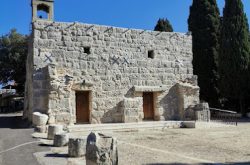
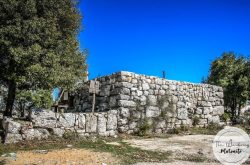
Reviews are disabled, but trackbacks and pingbacks are open.